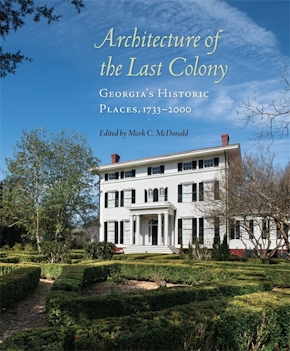Hare & Hare, Landscape Architects and City Planners
Title Details
Pages: 256
Illustrations: 125 b&w photos
Trim size: 7.000in x 10.000in
Formats
Hardcover
Pub Date: 04/01/2019
ISBN: 9-780-8203-5481-1
List Price: $41.95
Subsidies and Partnerships
Published in association with Library of American Landscape History
Related Subjects
BIOGRAPHY & AUTOBIOGRAPHY / Artists, Architects, Photographers
Hare & Hare, Landscape Architects and City Planners
A father and son firm whose work transformed cities throughout the Midwest
Skip to
- Description
- Reviews
When Sidney J. Hare (1860–1938) and S. Herbert Hare (1888–1960) launched their Kansas City firm in 1910, they founded what would become the most influential landscape architecture and planning practice in the Midwest. Over time, their work became increasingly far-ranging, in both its geographical scope and its project types. Between 1924 and 1955, Hare & Hare commissions included fifty-four cemeteries in fifteen states; numerous city and state parks (seventeen in Missouri alone); more than fifteen subdivisions in Salt Lake City; the Denver neighborhood of Belcaro Park; the picturesque grounds of the Christian Science Sanatorium in Chestnut Hill, Massachusetts; and the University of Texas at Austin among fifty-one college and university campuses.
In Hare & Hare: Landscape Architects and City Planners Carol Grove and Cydney Millstein document the extraordinary achievements of this little-known firm and weave them into a narrative that spans from the birth of the late nineteenth-century “modern cemetery movement” to midcentury modernism. Through the figures of Sidney, a “homespun” amateur geologist who built a rustic family retreat called Harecliff, and his son Herbert, an urbane Harvard-trained landscape architect who traveled Europe and lived in a modern apartment building, Grove and Millstein chronicle the growth of the field from its amorphous Victorian beginnings to its coalescence as a profession during the first half of the twentieth century. Hare & Hare provides a unique and valuable parallel to studies of prominent East and West Coast landscape architecture firms—one that expands the reader’s understanding of the history of American landscape architecture practice.
—Wall Street Journal
—Caroline Constant, Missouri Historical Review



